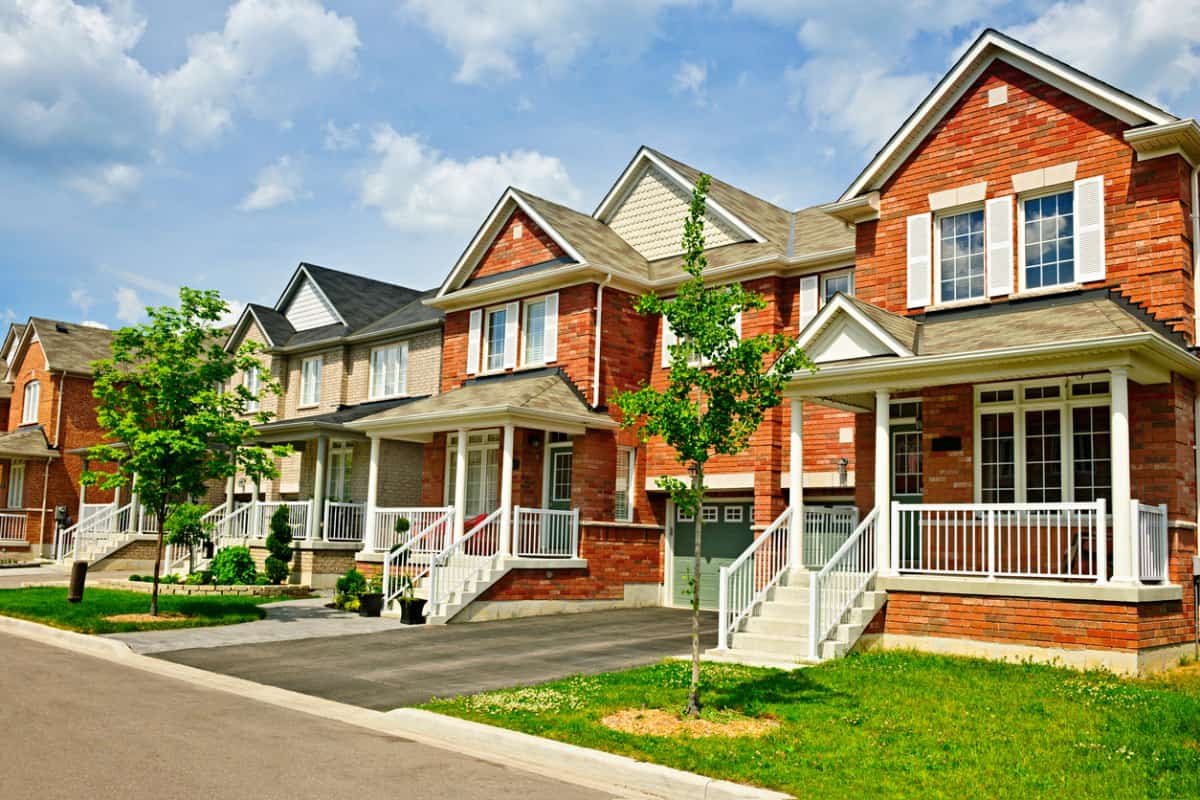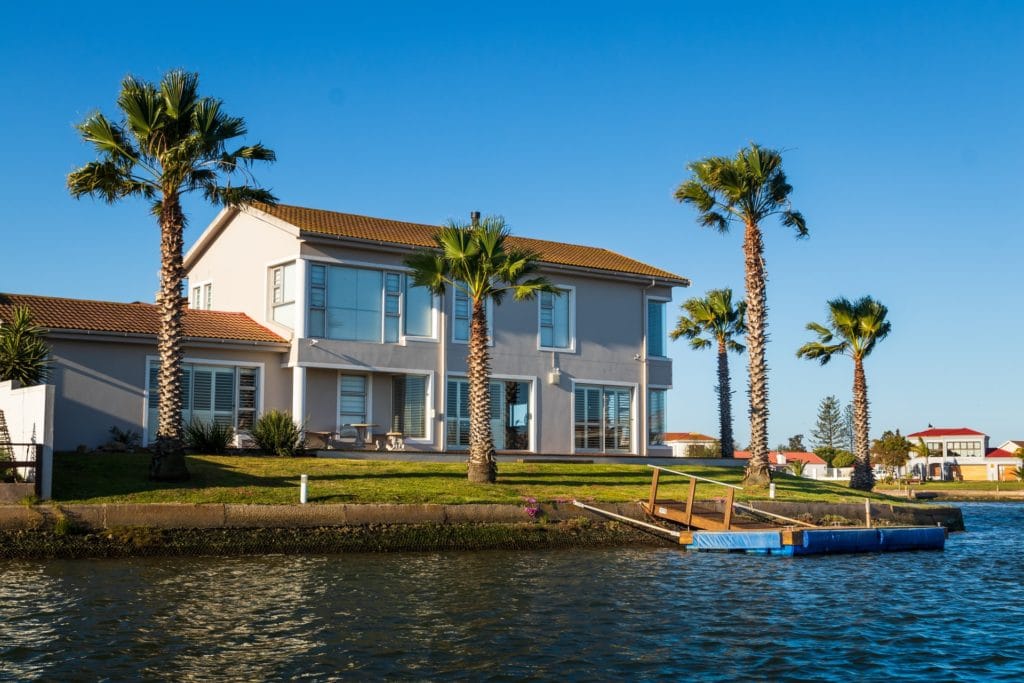Existing Home Sales Fall to Lowest Level Since Pandemic Start

Sales of existing homes dropped 1% month over month in August to a seasonally adjusted annual rate of 4 million, while pending sales fell 2%. Declining mortgage rates are giving buyers more purchasing power, but some house hunters are waiting on the sidelines in hopes that rates will fall further. Others are hesitant to buy because of high home prices, the upcoming presidential election, and new NAR rules. The Fed is expected to start cutting interest rates this week, but some of the decline is likely already baked into current mortgage rates.
Sales of existing homes fell 1% month over month and 3.1% year over year in August—to a seasonally adjusted annual rate of 4,042,369. That’s the lowest level in records dating back to 2012, with the exception of May 2020, when the pandemic brought the housing market to a standstill.
Pending sales—a more current gauge of housing market activity that includes both existing and newly constructed homes—fell to the lowest level on record aside from April 2020. They were down 1.9% month over month in August on a seasonally adjusted basis, and dropped 2.4% year over year.
Mortgage rates have been declining since spring, and in August dropped to the lowest level in over a year. Housing payments are now more affordable than they were a year ago. But buyers have been reluctant to respond. That’s likely in part because home prices remain elevated. The median sale price rose 3% year over year in August to $433,101. While that’s the smallest increase in almost a year, prices were still only 2.1% below their June all-time high of $442,344. Higher home prices mean buyers have to come up with larger down payments.
Redfin agents report that some house hunters are waiting to buy in hopes that rates will fall further, while others are on the sidelines because they’re confused about the new NAR rules or are waiting to see how the presidential election shakes out.
Michael Cendejas, a Redfin Premier real estate agent in Sacramento, CA, said some potential homebuyers also just haven’t realized mortgage rates are dropping. Many had heard that rates would fall in September, so they weren’t watching out for rate declines before this month, he said.
Cendejas is seeing renewed buyer interest now that it’s September, but said a lot of house hunters still want to see rates in the 5% range before they jump into the market.
“There’s no sense of urgency. Buyers are selective right now, especially if they have a house already. They’re looking for the perfect home at the right price,” he said. “There aren’t a lot of desirable homes out there right now, and the ones that are in good shape go quickly if they’re priced well. My advice to sellers is to price your home fairly; if you don’t, it could end up sitting on the market.”
The average interest rate on a 30-year mortgage fell to 6.5% in August from 7.07% a year earlier—the first annual decline in three years. Rates dropped 0.35 percentage points from a month earlier, which was the largest monthly decline since the end of 2023. They’ve fallen further since, dropping to 6.2% during the week ending Sept. 12, but are still more than double the all-time low hit during the pandemic.
The Federal Reserve is expected to cut interest rates for the first time in four years today—either by 25 or 50 basis points—and continue through 2025. Mortgage rates may fall in response, but it’s unclear by how much because markets have already priced in a fairly fast pace of rate cuts.
August 2024 Housing Market Highlights: United States
August 2024 Month-over-month change Year-over-year change
Median sale price $433,101 -1.3% 3.0%
Existing home sales, seasonally adjusted annual rate 4,042,369 -1.0% -3.1%
Pending sales, seasonally adjusted 453,406 -1.9% -2.4%
Homes sold, seasonally adjusted 411,822 -0.8% -2.5%
New listings, seasonally adjusted 526,740 1.6% 2.1%
Total homes for sale, seasonally adjusted (active listings) 1,636,415 -0.3% 13.3%
Months of supply 2.6 0 0.5
Median days on market 37 3 6
Share of homes sold above final list price 30.2% -3.1 ppts -6.0 ppts
Average sale-to-final-list-price ratio 99.3% -0.4 ppts -0.6 ppts
Pending sales that fell out of contract, as % of overall pending sales 15.6% 0.4 ppts 0.8 ppts
Average 30-year fixed mortgage rate
6.50% -0.35 ppts -0.57 ppts
Note: Data is subject to revision
Hopeful Signs for Buyers: New Listings Tick Up, Fewer Homes Sell for Above the Asking Price
There are a few pieces of good news for homebuyers in addition to falling mortgage rates. Housing supply is inching up, which means more options to choose from. New listings rose 1.6% month over month in August to the highest seasonally-adjusted level in nearly two years, and climbed 2.1% from a year earlier.
Plus, homes are less likely to sell for above their list price. Less than one-third of homes (30.2%) that sold in August went for more than their asking price, down from 36.2% a year earlier and the lowest share of any August since 2019.
The typical home that went off the market sold for 99.3% of its list price, down from 99.9% a year earlier and also the lowest August level since 2019.
Metro-Level Highlights: August 2024
The bullets below are based on a list of the 50 most populous U.S. metropolitan areas. Some metros may be removed from time to time to ensure data accuracy. A full metro-level data table can be found in the “download” tab of the dashboard in the monthly section of the Redfin Data Center. Refer to our metrics definition page for explanations of metrics used in this report. Metro-level data is not seasonally adjusted. All changes below represent year-over-year changes.
Prices: Median sale prices rose most from a year earlier in Nassau County, NY (10%), Philadelphia (9.1%) and Milwaukee (8%). They fell in seven metros, with the biggest declines in San Antonio (-4.4%), Austin, TX (-4.4%) and San Francisco (-2.2%).
Pending sales: Pending sales rose most in San Francisco (12.3%), San Jose, CA (6.7%) and San Diego (4.4%). They fell most in West Palm Beach, FL (-17.6%), Fort Lauderdale, FL (-17.2%) and Miami (-15.1%).
Closed home sales: Home sales rose most in San Francisco (5.3%), San Jose (4%) and Newark, NJ (3.3%). They fell most in West Palm Beach (-17.1%), Miami (-13.6%) and Fort Worth, TX (-12.9%).
New listings: New listings rose most in Las Vegas (12.8%), San Diego (11.7%) and Sacramento, CA (9.5%). They fell most in Atlanta (-19.4%), Portland, OR (-14.6%) and Newark (-10.6%).
Active listings: Active listings rose most in Tampa, FL (50.1%), Fort Lauderdale (46.4%) and San Diego (41.9%). They fell most in New York (-5.4%), Newark (-4.4%) and Chicago (-3.8%).
Sold above list price: In Newark, 68.5% of homes sold above their final list price, the highest share among the metros Redfin analyzed. Next came San Jose (60.5%) and Nassau County (56.5%). The shares were lowest in West Palm Beach (7%), Austin (10.8%) and Fort Lauderdale (11.6%).





Start the discussion
Become a member of Crib Metrics - Fresh Housing Market Insights and Analysis to start chatting with our AI Real Estate Market Analyst about the article Existing Home Sales Fall to Lowest Level Since Pandemic Start
Already a member?